Grow Your Own Cabbage Patch
As an Amazon Associate and member of other affiliate programs, I earn from qualifying purchases.
Cabbage is an excellent and often overlooked vegetable for the home garden. The health benefits of cabbage rival those of kale and growing cabbage is really easy if you know a bit about the plant.
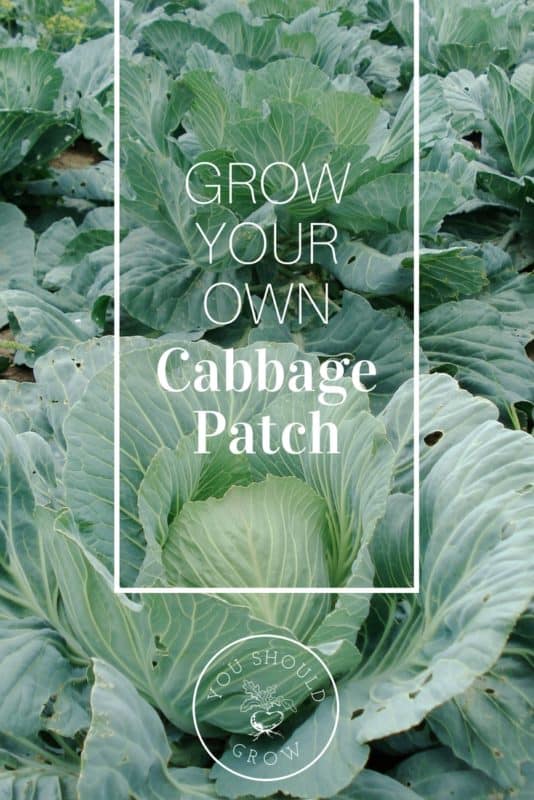
What kind of vegetable is cabbage?
Cabbage is a member of the brassica genus of plants. Brassicas are a group of plants that includes other leafy greens like collards and kale, but it also includes broccoli and cauliflower. Brassicas are known for their dark leafy greens and high nutrient value. You may also hear them referred to as cruciferous vegetables and cole crops.
There are so many types of cabbage to grow in your garden. Most people are familiar with the heading types of cabbage that can grow as large as three feet wide!
But not all cabbages make tight round heads. Early Jersey Wakefield cabbage grows cone shaped heads with rich dark green leaves. Savoy type cabbages have pretty wrinkled leaves and are more cold tolerant. Asian cabbages, like pak choy and napa cabbage, have looser and softer leaves and are one of my favorites for fresh eating and sauteed side dishes.
Growing cabbages
Cabbages, like other brassicas, prefer cooler temps so they need to be in the garden before it gets too hot. Cabbages can be started from seed indoors 6-8 weeks before the last frost. Plants can be set outside about a month before the last frost.
Cabbages also grow very well indoors when harvested as microgreens.
Start your fall crop indoors or direct seed mid to late summer. Choose an area in your garden that will get shade in the hot afternoons of summer. The heat will encourage the plants to go to flower (also known as bolting). Once they’ve flowered, the leaves are not as tasty, so try to get them in the kitchen before they start going to seed.
Because of the heat down here in the southeast US, we have the best luck when planting these in the fall. With our mild winters, they grow just fine through a light frost. I even grew one right through the winter this year.
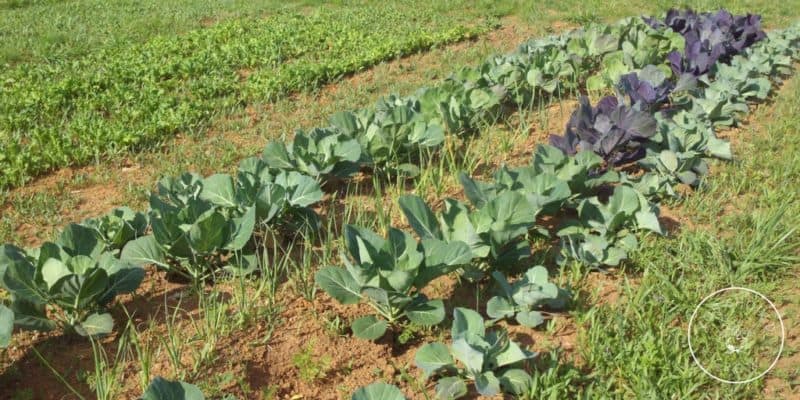
For your cabbage patch, plan on growing at least 3 plants per person, and give the large heading varieties 1 square foot of space per plant.
Cabbages will grow in most places, but they need moist, nutrient-rich soil for the best taste and greenest leaves. Compost makes a great mulch and fertilizer for these plants.
To increase your yield in a small space, plant them 6 inches apart and harvest every other one before maturity. You’ll enjoy the younger, more tender and sweet heads of cabbage for your first crop. Allow the other plants to grow to full size for a second harvest.
Check for maturity by squeezing the heads. When it’s firm and tight, it’s done. Cut underneath the head with a sharp knife. If you leave the stalks and roots in the ground, you might get a few baby-sized cabbages growing from it. Bonus! Harvest those baby cabbages and eat them as you would brussel sprouts.
Disease and pest control of cabbage plants
Cabbages do have some pest and disease issues that will need to be managed. Cabbage maggots and moths are the most common pest issues you’ll encounter when growing cabbage, but the plants are also attractive to aphids and flea beetles.
Fungal disease can cause black spots on the leaves and stems. Fusarium wilt (aka yellows) will cause yellowing of the leaves and stunted heads.
Your cabbage patch will perform best if you keep your garden well tended. Gently remove weeds as they come up and pluck caterpillars and slugs when you see them. If more pest control is needed, organic sprays containing spinosad and insecticidal soaps can decrease the number of pests on your plants.
It’s best to water your cabbage patch as close to the ground as possible. Try not to let water seep into the cabbage heads. Pooling water within the leaves will facilitate fungal and bacterial infections.
Crop rotation is very effective at minimizing pest and disease issues. Avoid planting your cabbage patch (or other cruciferous vegetables) in the same location for the next 2 years.
Health benefits of cabbage
Cabbage is an unsung superfood most well known for being high in fiber, iron, and vitamin C. Since it is closely related to kale, you can expect the same health benefits from antioxidants and anti-inflammatory agents.
With its low glycemic index and high fiber content, cabbage is great for gut health and can aid weight loss. Remember the cabbage soup diet?
The biggest benefit of cabbage to me is that it is so easy to eat. I like to add kale to salads and cold pasta, but I don’t care for it as a main component of my meal. Cabbage, however, is much easier to eat and can be used in any recipe that calls for greens.
Cooking cabbages
My favorite way to cook with cabbage is to sautee or roast it. I love the browned edges where the sugars have caramelized. It’s sooo delicious!
But cabbage can be used in so many ways. It is often boiled in soups and stews, chopped for salads and cole slaw, used as a wrap, stuffed, and fried! There’s something for everyone on that list!
Cabbage can also be preserved in the freezer or canned, and some varieties will hold well in the refrigerator for several weeks. It’s also an excellent vegetable to use for fermenting.
Cabbage recipes
Old-fashioned Polish stuffed cabbage
Slow cooker corned beef and cabbage
Fermenting cabbage
Lacto-fermented sauerkraut, three ways
Fermentools review and a cortido recipe
Preserving cabbage
Canning carrots and red cabbage
Medicinal uses for cabbage
Suppressing lactation with cabbage leaves
Cabbage broth sore throat remedy
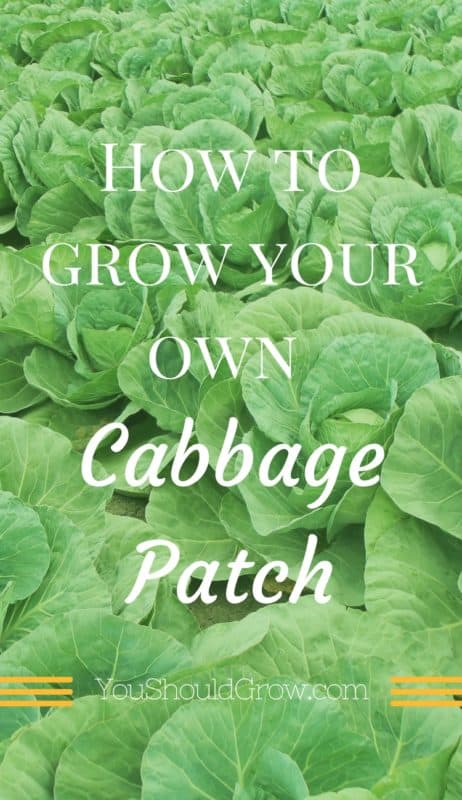


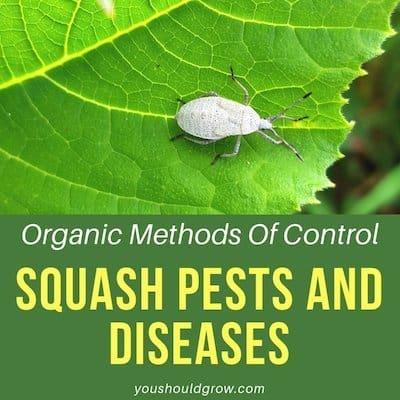
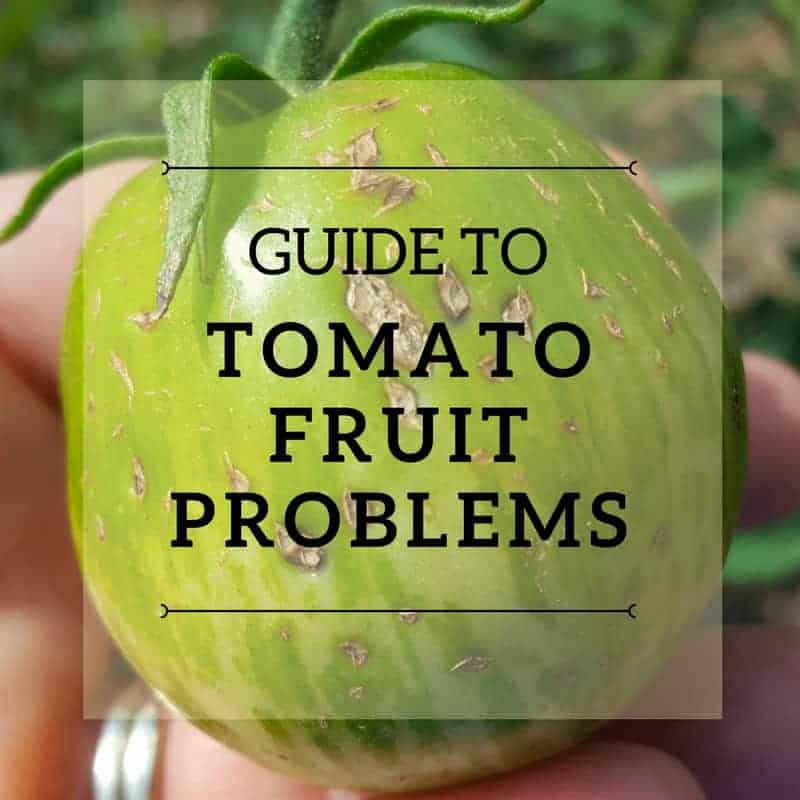
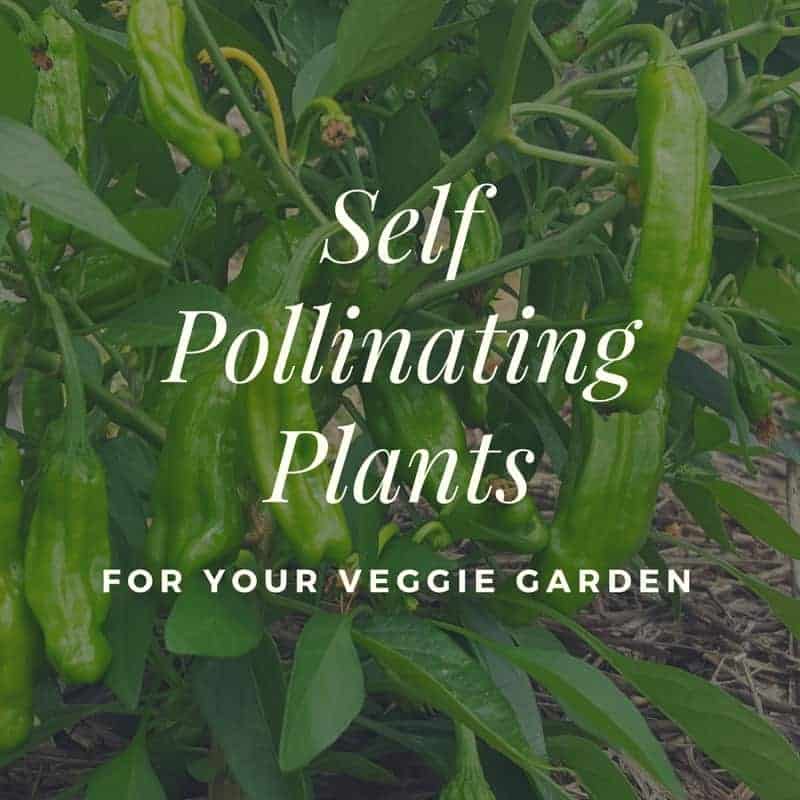
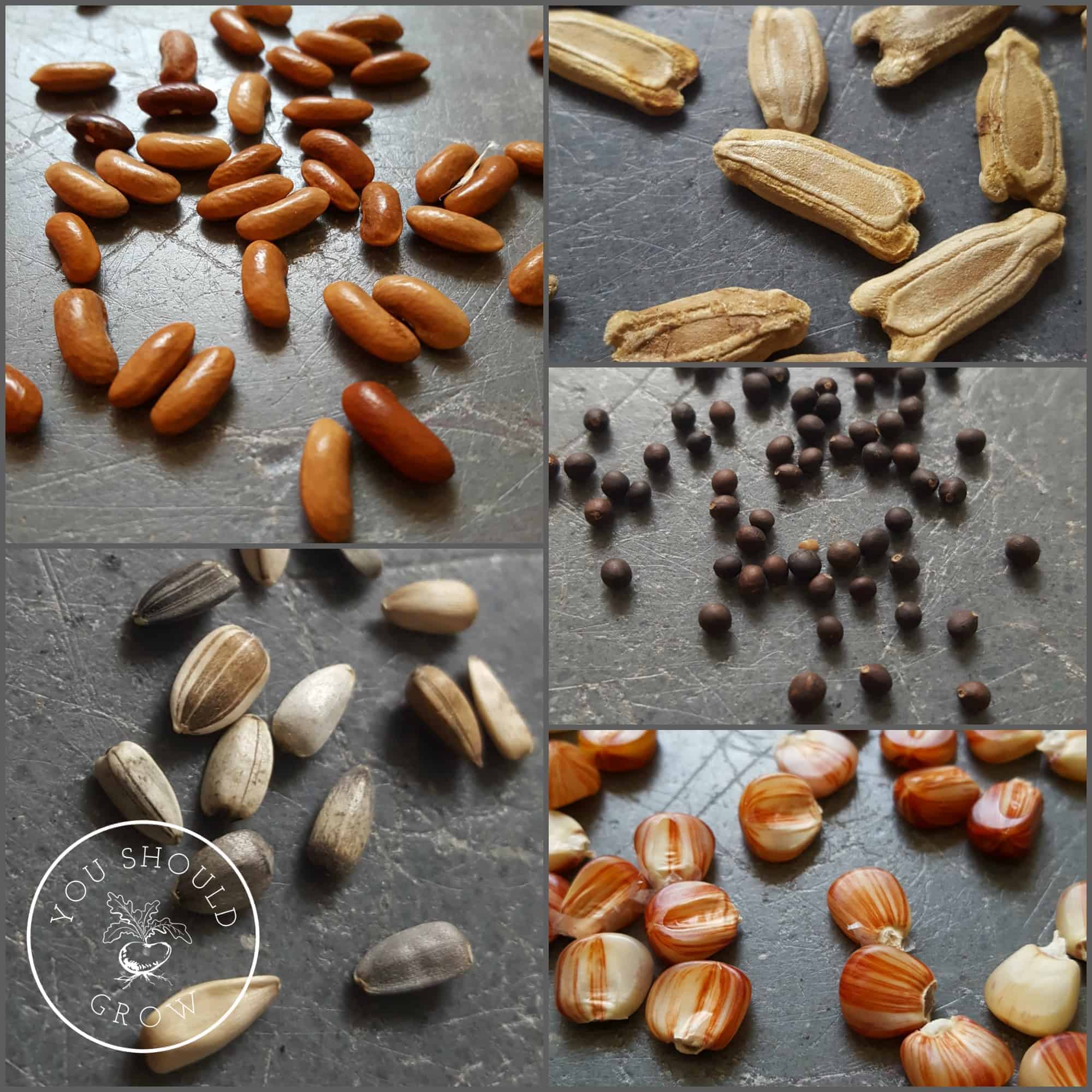
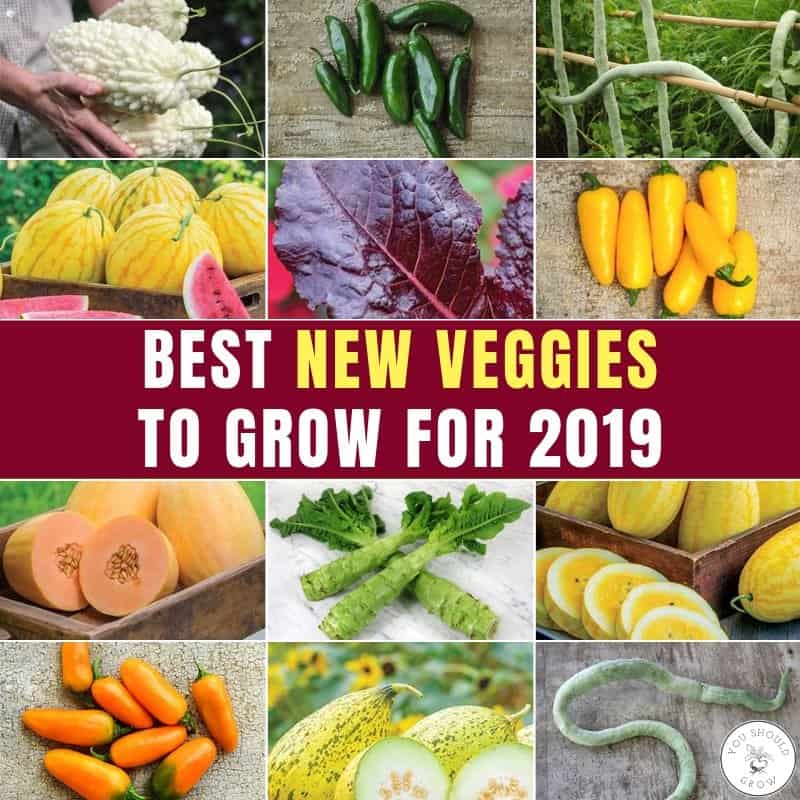

Cabbage is so good, I can’t wait to grow it. There are some great tips on this post. Thank you! Everything on your blog looks so beautiful!
Thanks, Christina!
We grew cabbage last year for the first time and it was the best cabbage I’ve had in a long time. Growing up, I only ever had cabbage from my great-uncle’s garden, but after he passed, my mom only bought store-bought veggies. Plus, homegrown, makes the best kraut!
So true, Becca!